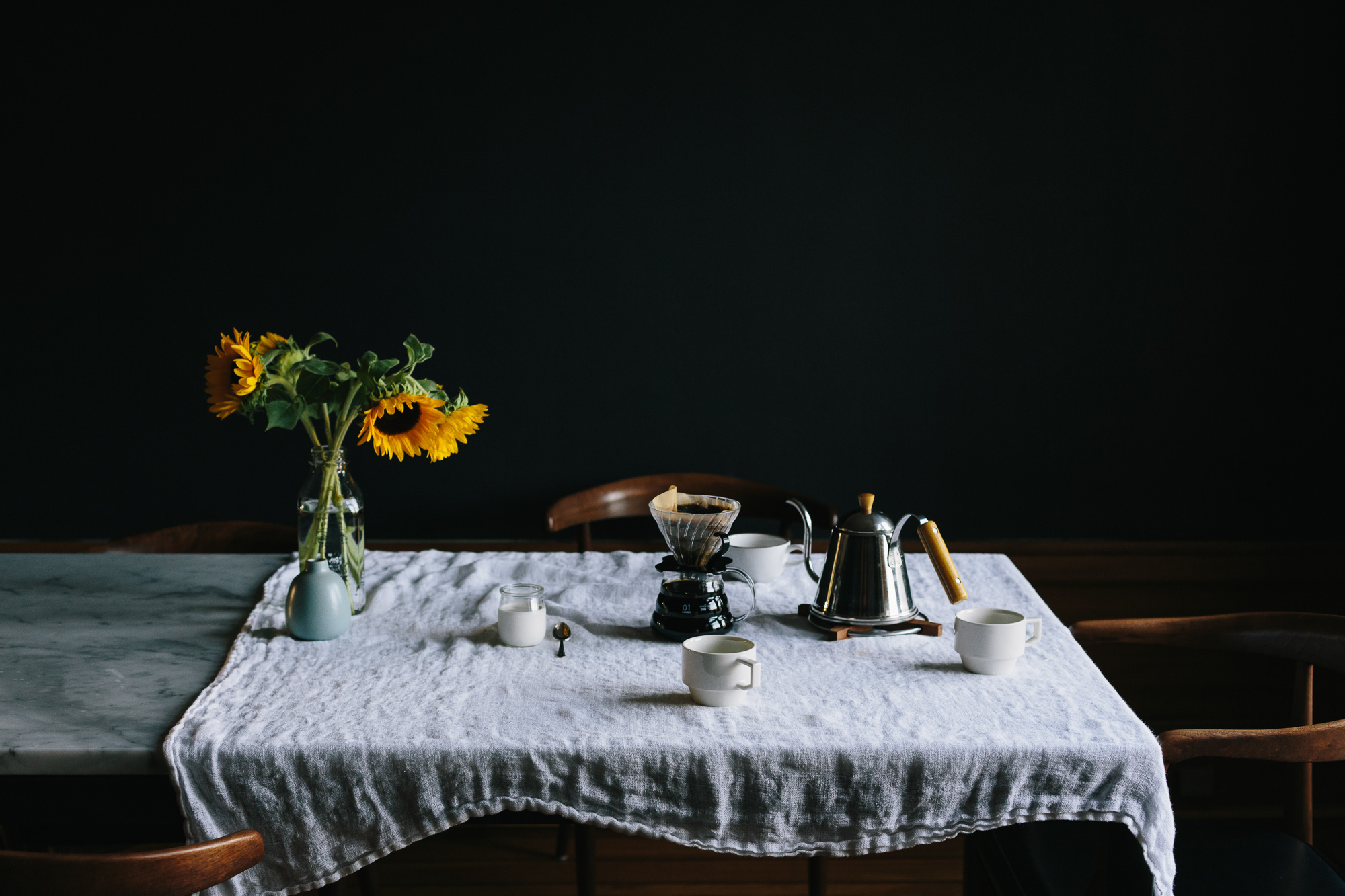
DESIGN BLOG
Thoughts
&
Musings
Be adventurous with your walls !
As far back as the 16th and 17th centuries , wall panelling or wainscoting was popular as a decorative wall finish and also had the practical benefit of insulation and helped to hide imperfections and rising damp on the walls themselves. Originally the wall panels were made from oak wood ( wainscot oak) but by the middle of the 18th century oak wainscot was almost entirely superseded by softwood ( Norway spruce and Scots pine ) but the name stuck ! Today wainscoting allows us to be creative and decorative and panels can be made in almost any shape or material. As the pictures show, a room can be completely transformed by the addition of wall panels. This might just be the time to take the step towards the room you have always imagined.
History of Plantation Shutters
Many associate traditional plantation shutters with the historical height of the southern USA, reminiscing about old plantations and huge, grandiose mansions. Although plantation shutters did gain their popularity and unique style during this time, shutters in general date back to ancient Greece.
Shutters were originally designed to serve three basic functions: light control, ventilation, and protection. Although they still serve these purposes today, modern shutters also serve a much more decorative function.
In ancient Greece, the first shutters were actually made of marble, not wood, making them quite solid and strong compared to other window coverings. Marble, as you could imagine, was quite difficult to work with and was not conducive to the average consumer at the time. With the rise of their popularity also came the rise of their efficiency, as wood workers mastered their craft and improved design and functionality. Throughout the years, shutters rose in popularity and even became an important royal accessory when Ling Louis XIV of France insisted on their presence in his domicile. They enabled the women to nap comfortable without shutting out air circulation and allowed the cooks to control the sunlight heating up the kitchen.
By the 18th and 19th century, the shutter fad had made it over to America. The south, in particular, adopted the trend and integrated shutters into the large plantation manors, hence the name “plantation shutters”. Southern plantations were known for their elegance and grandeur and shutters were an integral part of their design.
Many today integrate shutters into their home for both the aesthetic aspect and the conveniences that they offer. Shutters now come in many shapes and sizes and can be created using several different materials. Design flexibility is another convenience that shutters offer as they can be created to fit any unique space on the interior or exterior of your home.
Contact us today for a free in-home estimate and we can help you transform your home into the elegant oasis that it should be.










